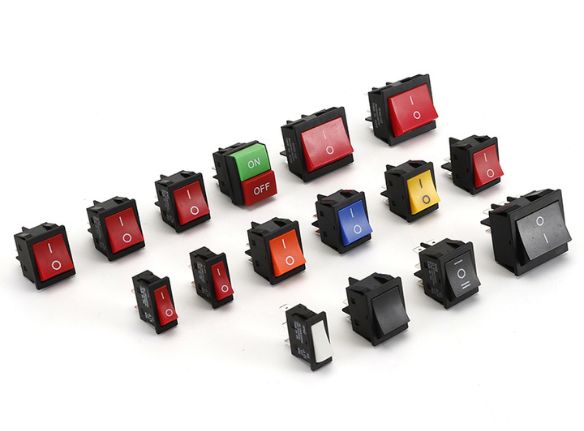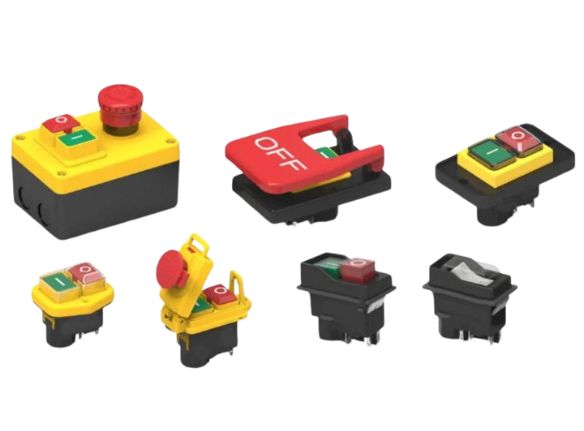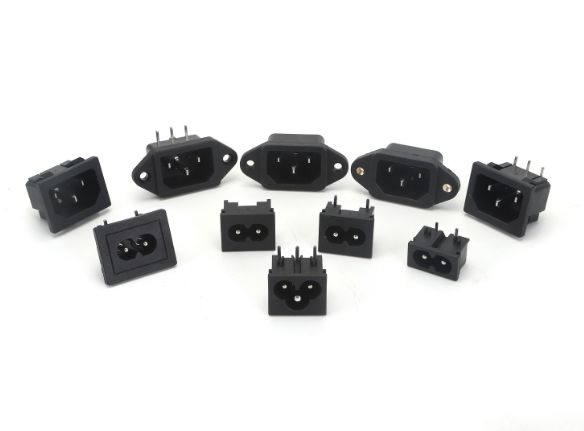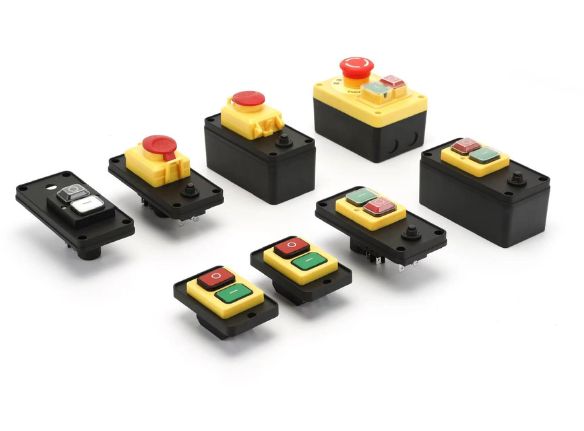How to Choose a High-Quality Momentary Rocker Switch That's Right for You
A momentary rocker switch is a type of switch that only stays in its ‘on’ position while being pressed and returns to ‘off’ when released. Our high-quality switches are durable, reliable, and meet international safety standards. With precise manufacturing and rigorous testing, we ensure superior performance and longevity. Choose us for competitive pricing, fast delivery, and excellent customer support.
KCD1 Momentary Rocker Switch
Our KCD1 Momentary Rocker Switch is a high-quality, durable switch ideal for various electronic applications. As a leading manufacturer in China, we ensure precision engineering, robust construction, and excellent performance. Our switches are RoHS compliant, customizable, and available at competitive prices, making them perfect for your needs. Click to learn more about our superior products!
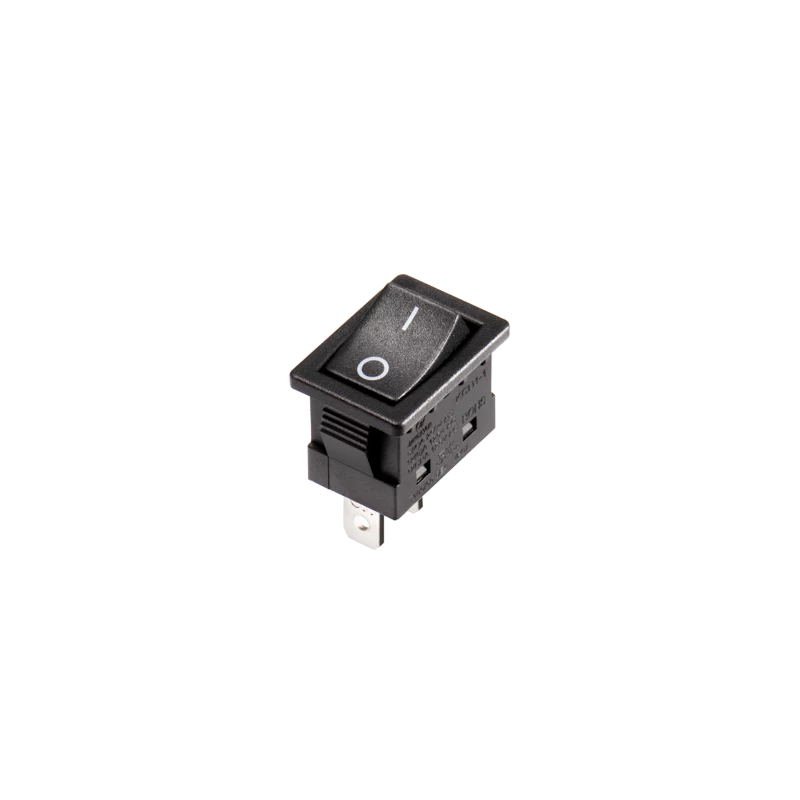
A momentary on rocker switch provides temporary activation when pressed. As a top Chinese manufacturer, we offer high durability, precision engineering, and competitive pricing. Click to explore quality and innovation!
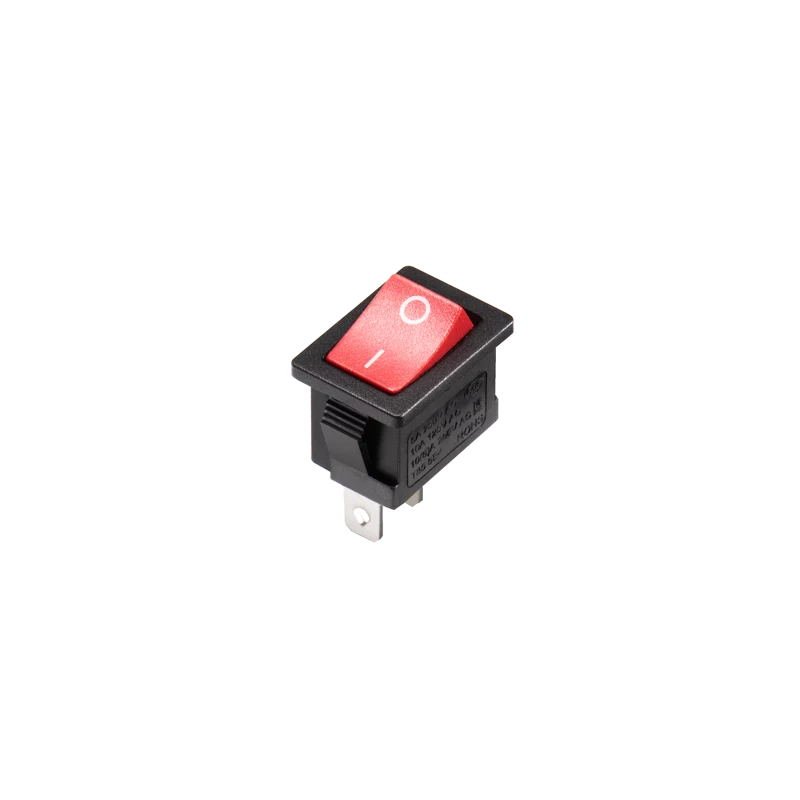
Our on-off momentary-on rocker switch is durable, reliable, and easy to install. Manufactured with precision in China, it guarantees superior performance. Choose us for quality and cost-effective solutions.
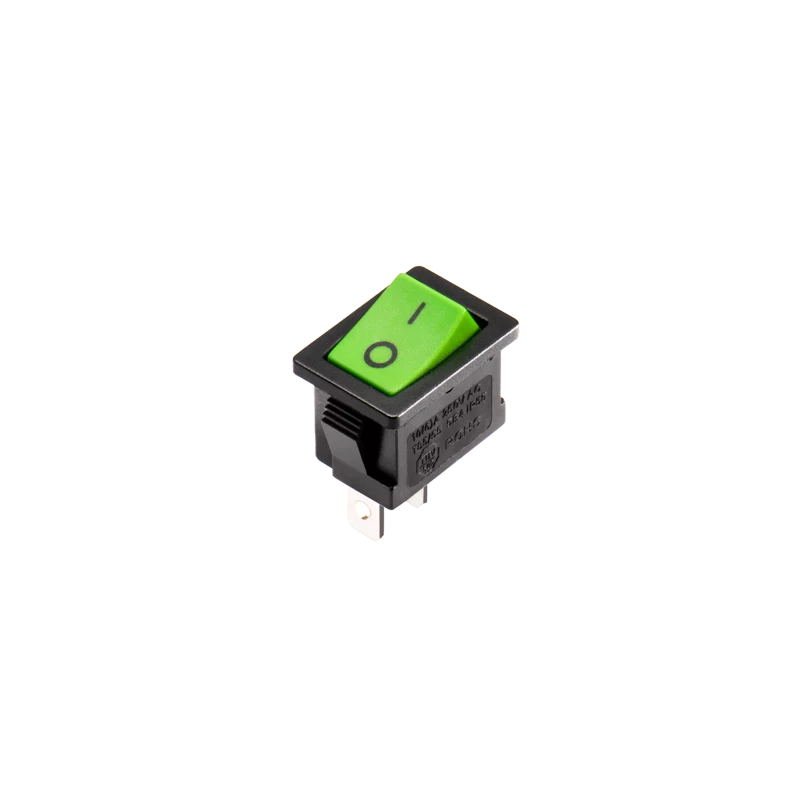
A momentary on-off rocker switch is a spring-loaded switch that returns to its default position after activation. Our switches offer high durability, reliable performance, and customizable designs, ensuring top quality.
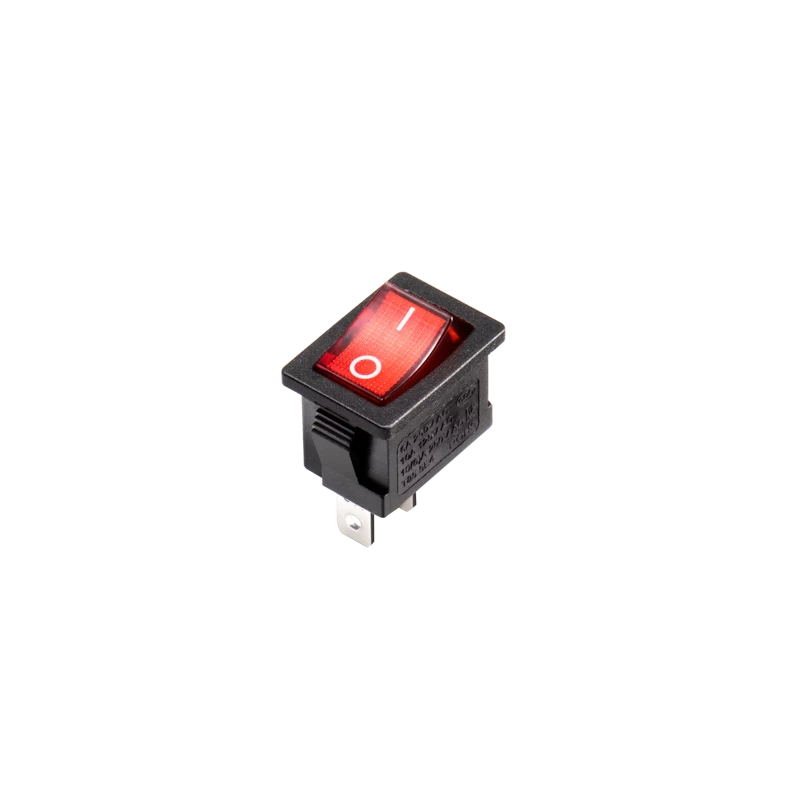
Our 12V momentary rocker switch offers precise control for automotive and industrial applications. Made in China with high-quality materials, it ensures durability and reliability. Choose us for top-notch performance!
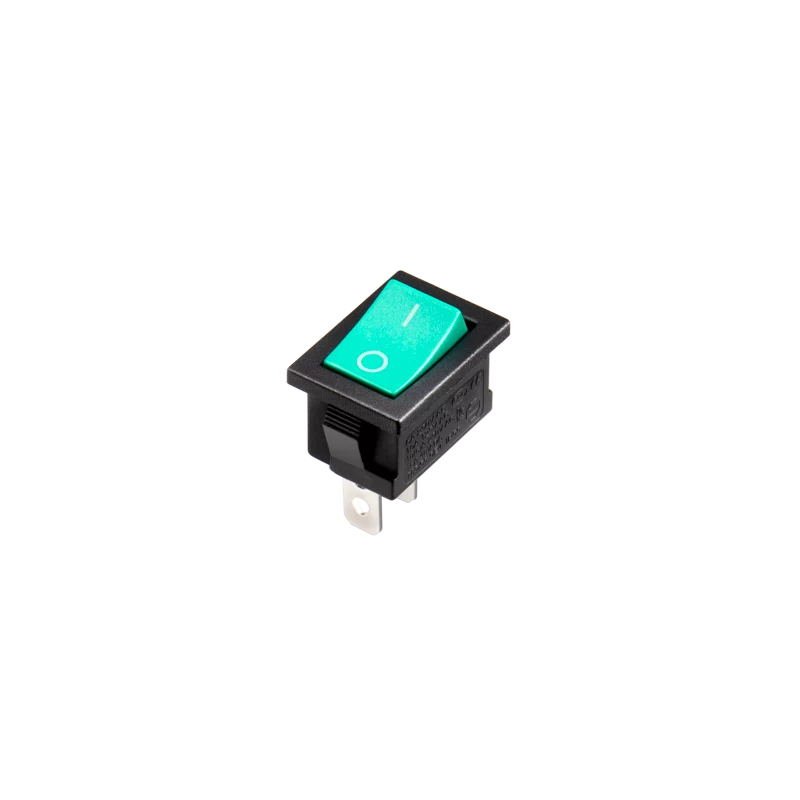
Our 3-position momentary rocker switch offers reliable control with a durable design, ensuring longevity. Manufactured in China with high-quality materials, it features easy installation and smooth operation.
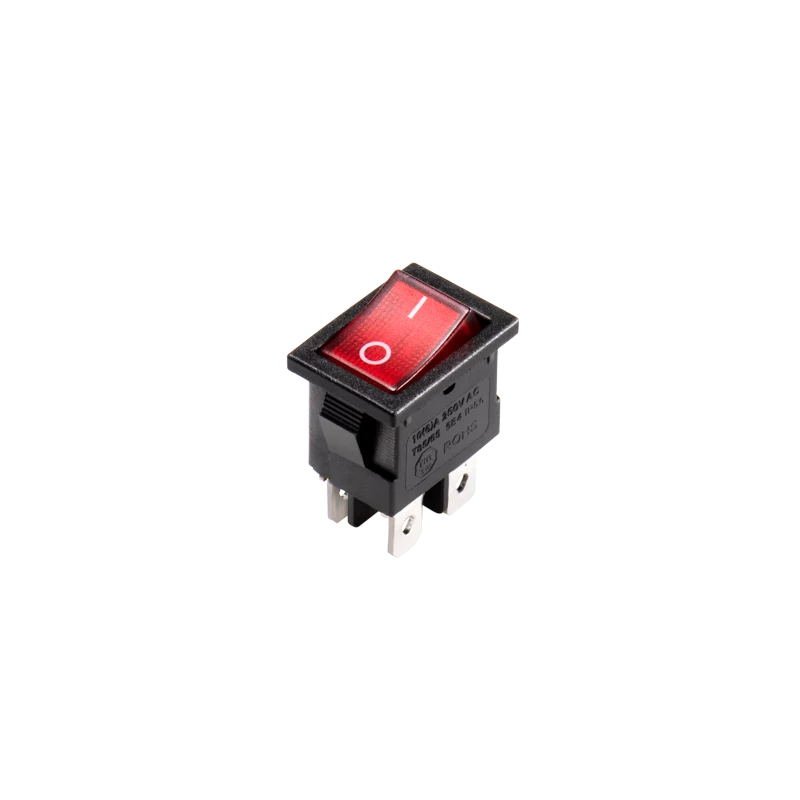
Our high-quality rocker switch offers ON-OFF-ON momentary function, ensuring durability and smooth operation. Manufactured in China with precision, our switches provide reliable performance at competitive prices.
KCD3 Momentary Rocker Switch
The KCD3 Momentary Rocker Switch is a high-quality, durable switch designed for various applications. Manufactured in China, our switches feature a robust build, reliable performance, and easy installation. We offer competitive pricing, fast shipping, and exceptional customer service. Our products undergo rigorous quality control to ensure safety and longevity, making them the ideal choice for both industrial and consumer electronics.
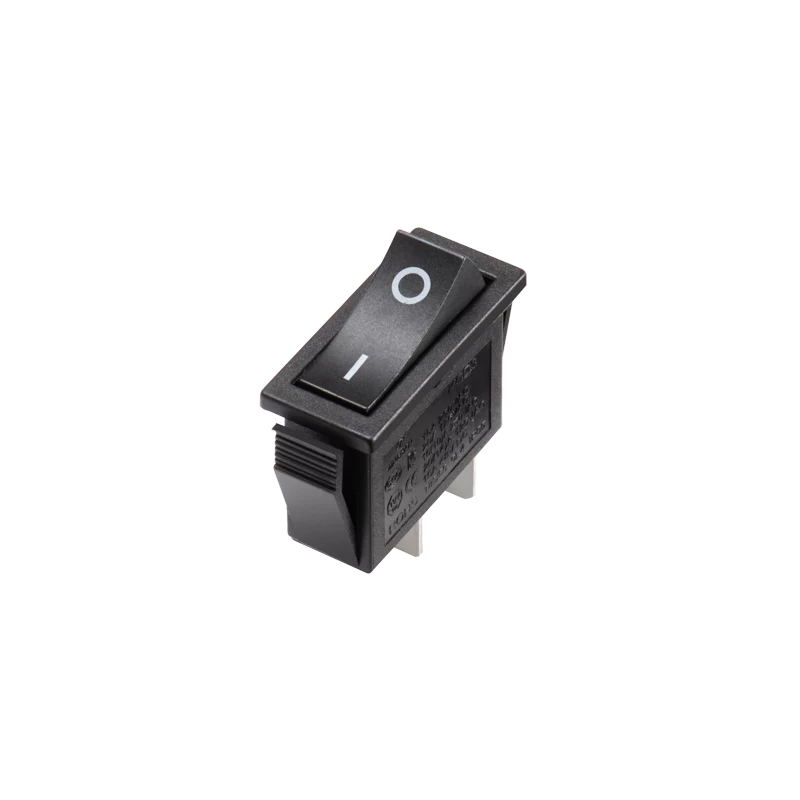
A rocker switch momentary is a type of electrical switch that returns to its default position after being pressed. Our China-manufactured switches are known for their durability, reliability, and precision. With ISO-certified production processes and high-quality materials, we ensure consistent performance.

High-quality SPDT momentary rocker switch, designed for durability and precision. Manufactured in China with premium materials and strict quality control. Ideal for various industrial applications.
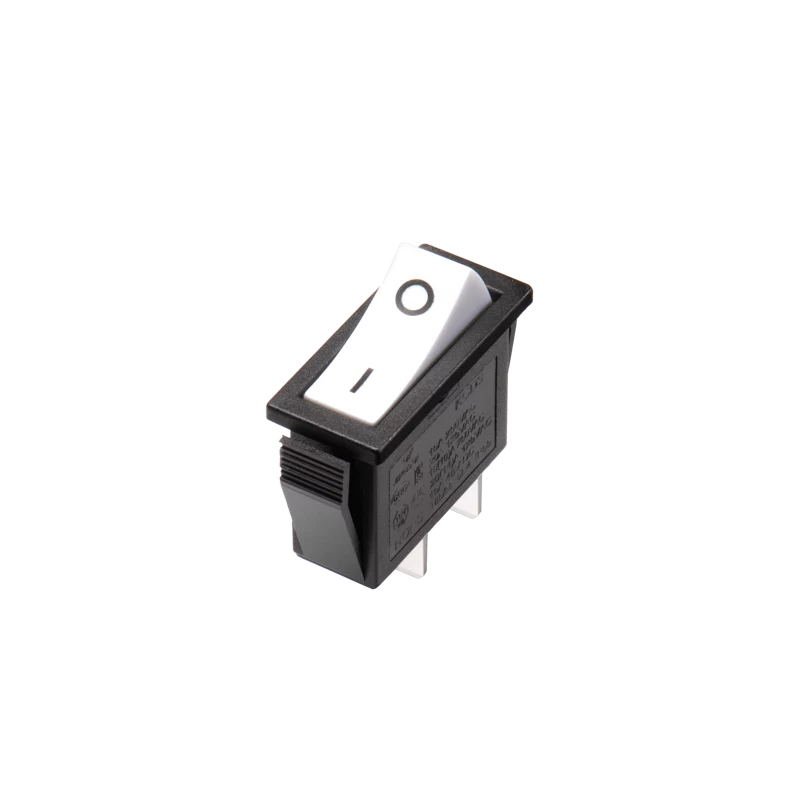
Our off-on momentary rocker switch offers reliable performance and durability. Manufactured in China, we ensure high-quality standards, competitive pricing, and customizable options to meet your specific needs.
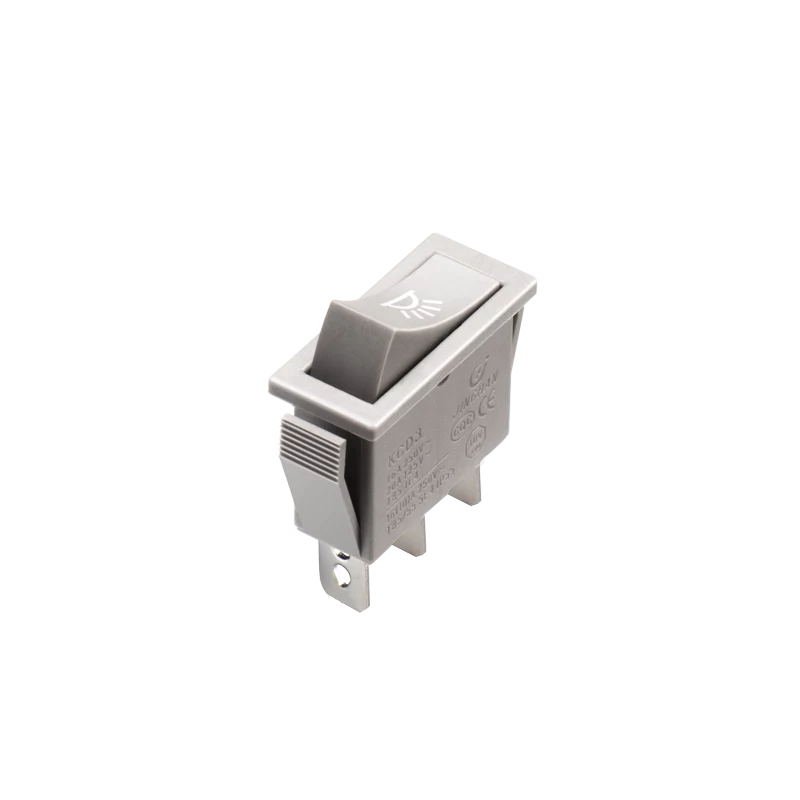
A 3-position momentary rocker switch toggles between three states, returning to its default position when released. Our switches ensure durability, precision, and reliable performance. Made in China, quality assured.
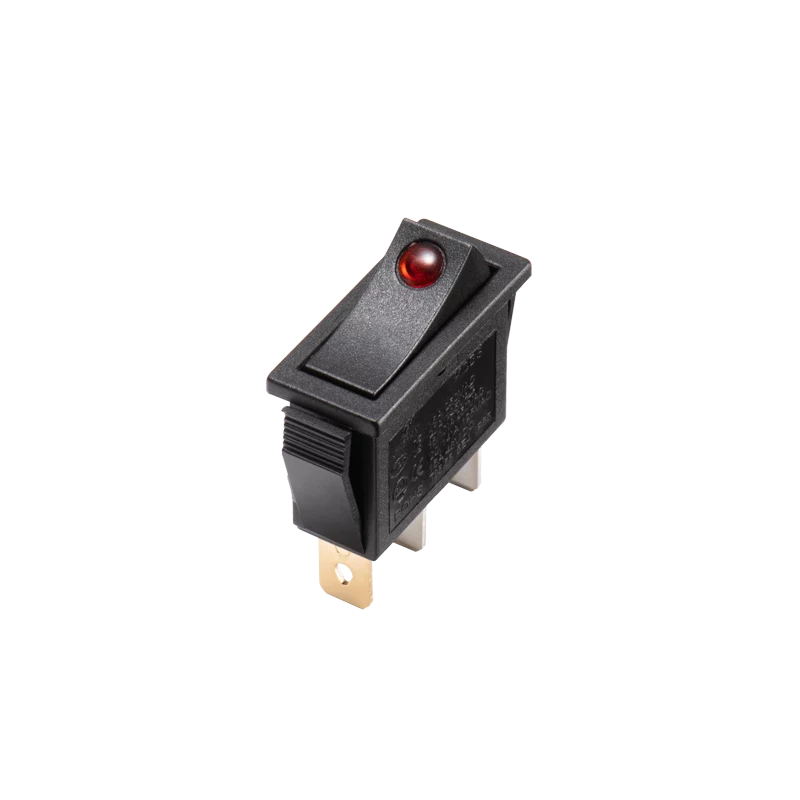
A SPDT momentary rocker switch controls two circuits with a single action and returns to its original position when released. Our switches offer high durability, precision, and customizable designs for all needs.
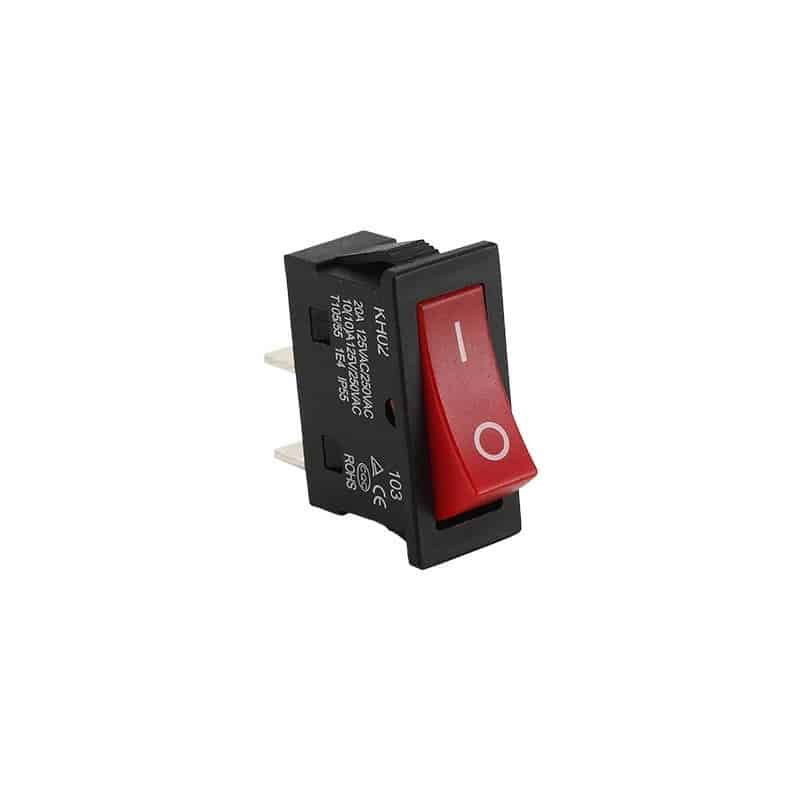
High-quality SPDT momentary rocker switch, durable and reliable. Manufactured in China with precision and superior materials. Ideal for various applications, ensuring consistent performance and longevity.
KCD4 Momentary Rocker Switch
The KCD4 Momentary Rocker Switch is a high-quality, durable switch designed for reliable, short-term circuit control. Our products feature robust construction, easy installation, and a smooth, responsive action. As a leading Chinese manufacturer, we offer competitive pricing, rigorous quality control, and customizable options to meet your specific needs. Discover the difference with our top-tier switches.
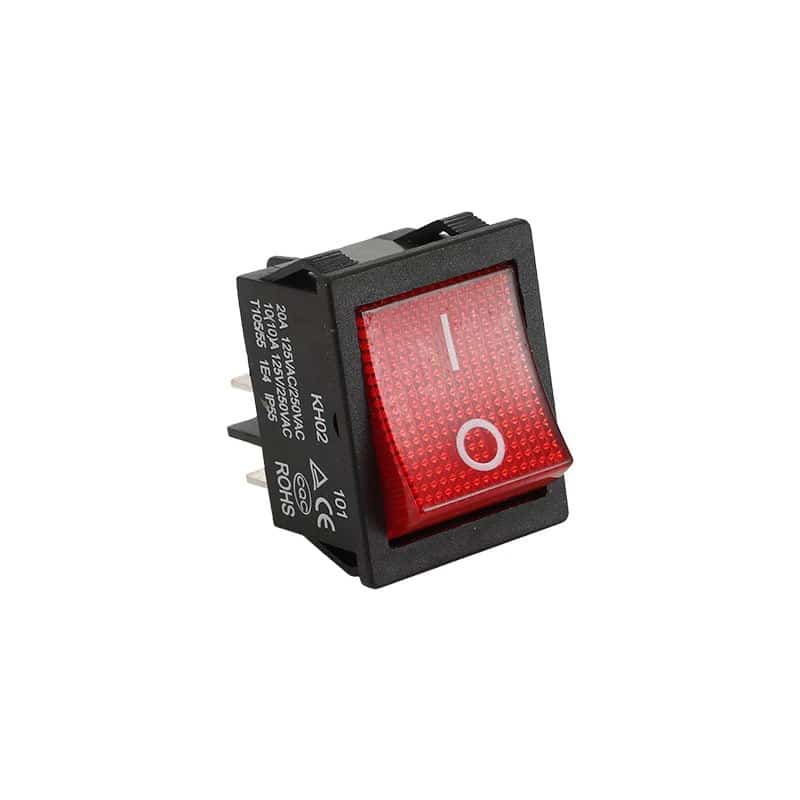
DPDT momentary rocker switch: Ideal for quick circuit changes. Our switches ensure durability, reliability, and precision. Manufactured in China with strict quality control, offering competitive prices and fast delivery.
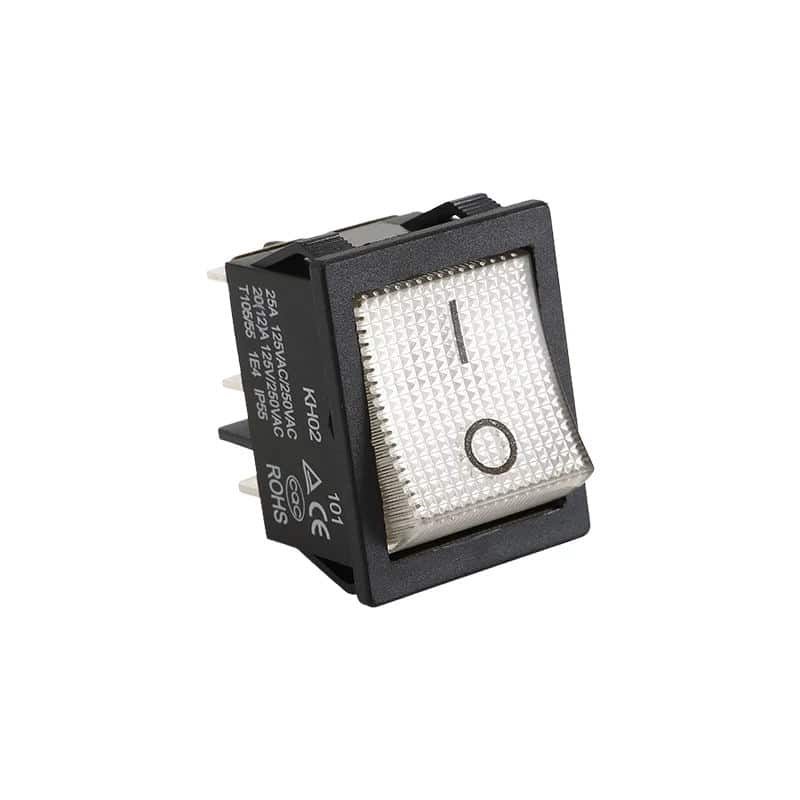
A DPDT momentary rocker switch offers precise control with two positions. Our high-quality switches ensure durability, reliability, and smooth operation. Competitive pricing and fast shipping from China.
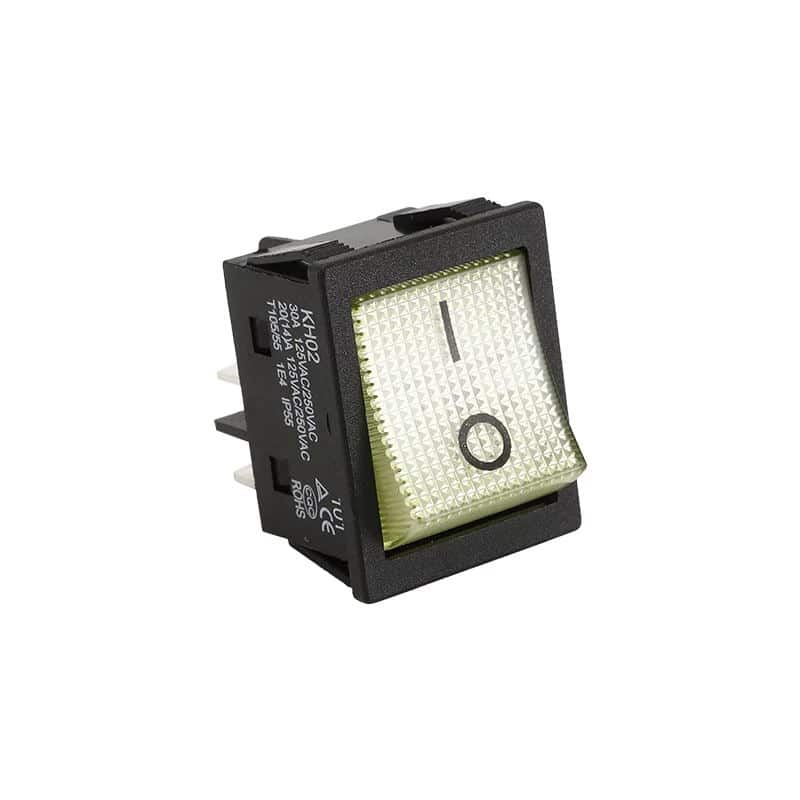
DPST momentary rocker switch: Control two circuits with one switch. Our products ensure high durability, precise functionality, and competitive pricing. Trust our quality and innovation for your electrical needs.
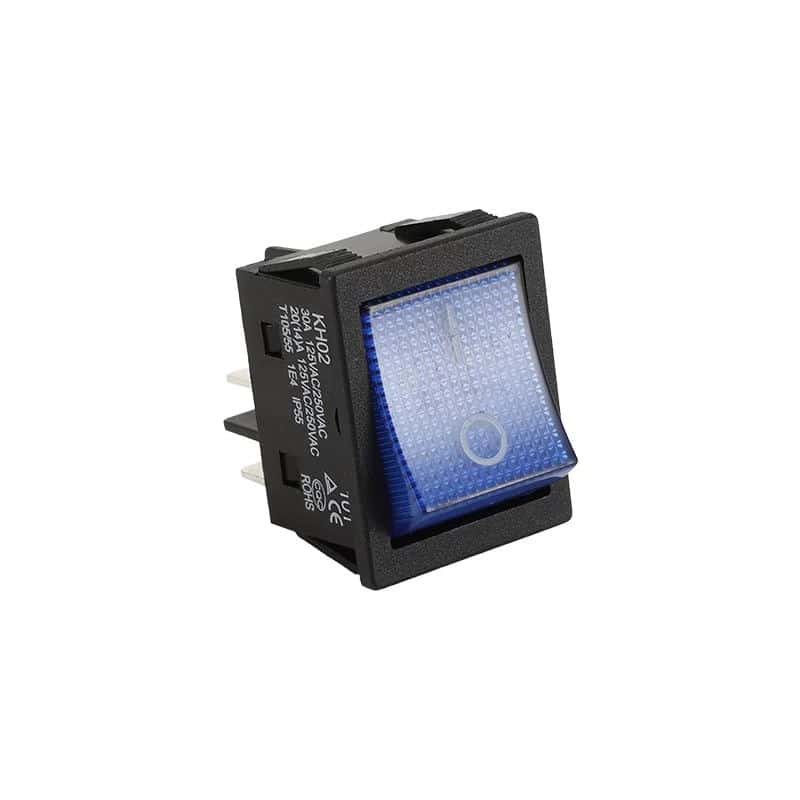
DPDT rocker momentary switch: Switches between two circuits, returns to the original position when released. Our switches offer high durability, precise operation, and competitive pricing. Explore our products now!
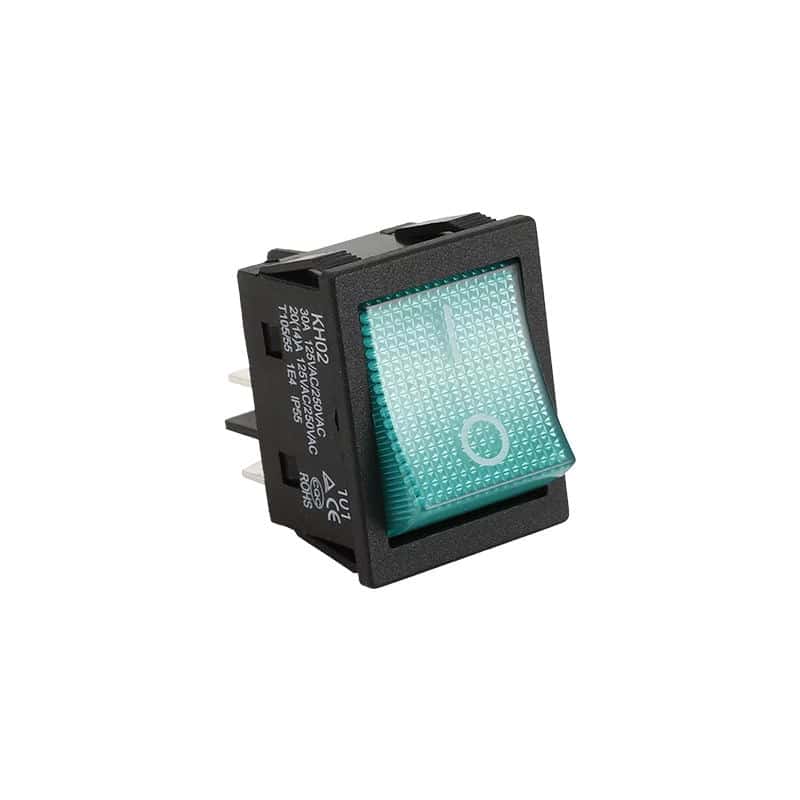
Our on-off momentary rocker switch offers reliable performance, durability, and easy installation. Manufactured in China with high-quality materials, it ensures long-lasting use and precision control. Explore now!

Our 6-pin momentary rocker switch offers reliable performance with a durable build, perfect for electronics applications. Manufactured in China, we ensure high quality, competitive pricing, and fast delivery.
Waterproof Momentary Rocker Switch
Our Waterproof Momentary Rocker Switch offers reliable performance with a durable, IP67-rated design, perfect for marine and industrial applications. Manufactured in China, we ensure high-quality and cost-effective solutions. With user-friendly installation and robust construction, our switches guarantee longevity and efficiency. Choose us for top-grade products at competitive prices.
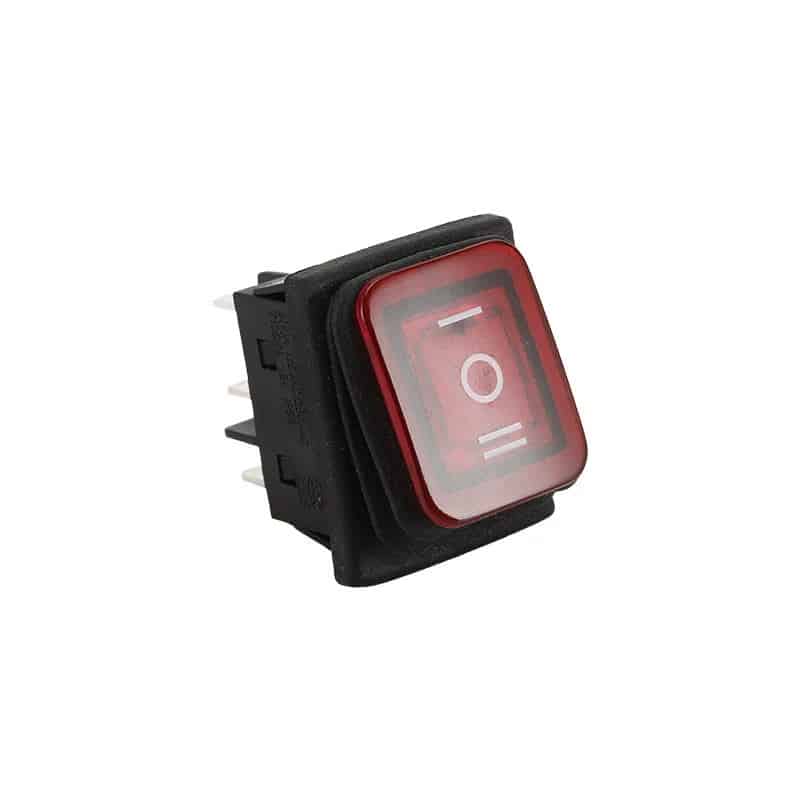
Our momentary on-off-on rocker switch provides reliable, precise control for various applications. As a leading Chinese manufacturer, we offer high-quality, durable switches with competitive pricing and fast delivery.
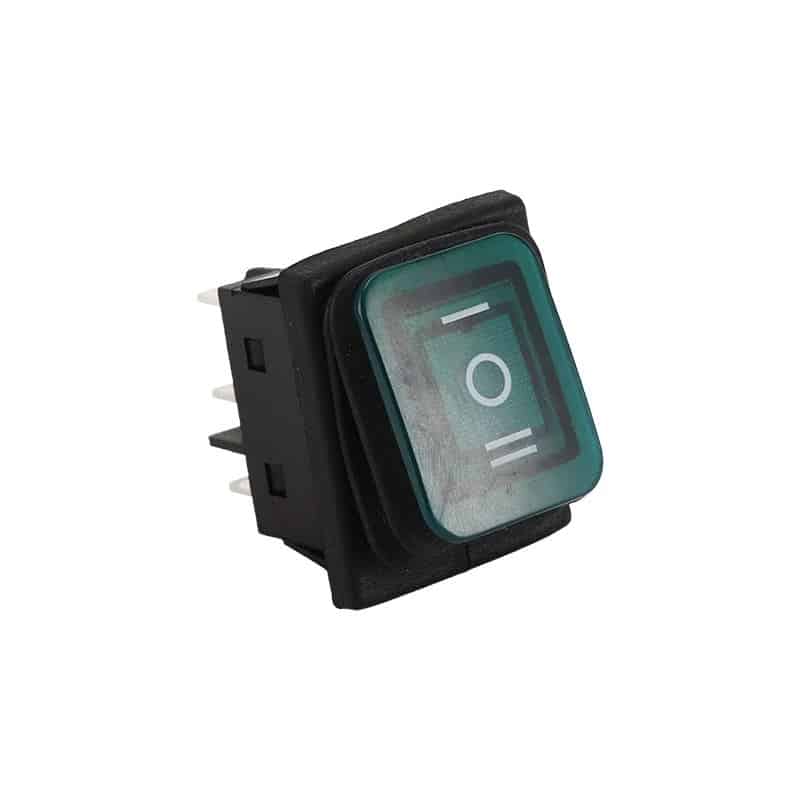
Momentary On-Off-On Rocker Switch: Durable, high-quality switch used in various applications for temporary connections. Our switches are reliable, affordable, and customizable to meet your specific needs. Click to learn more!
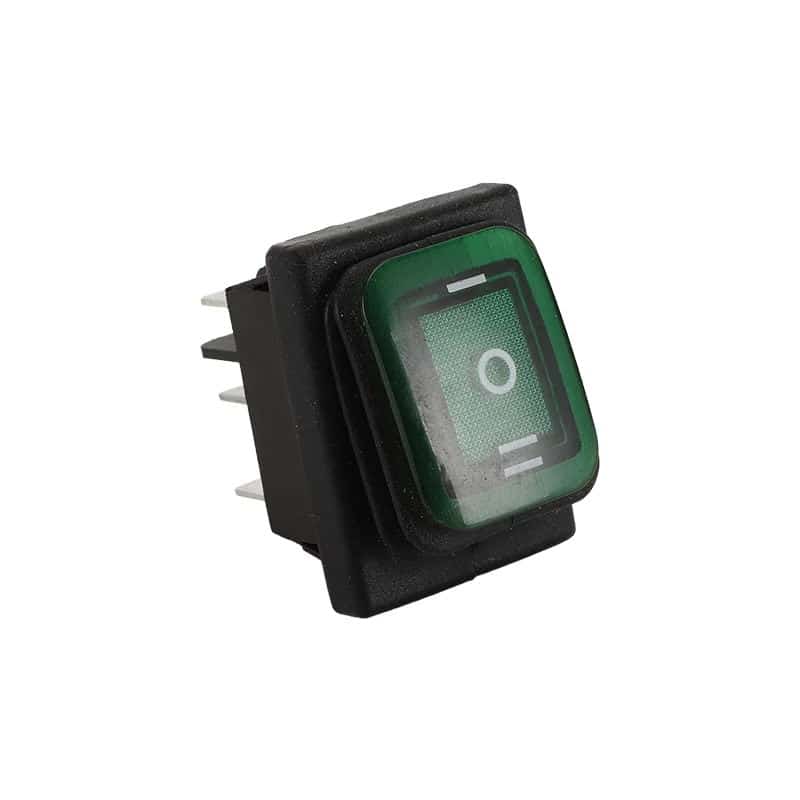
Our off-on-momentary on rocker switch offers reliable performance, high durability, and precision control. Manufactured in China, we ensure competitive pricing and strict quality standards to meet your needs.
With Full Product Certification



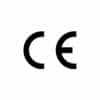



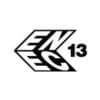
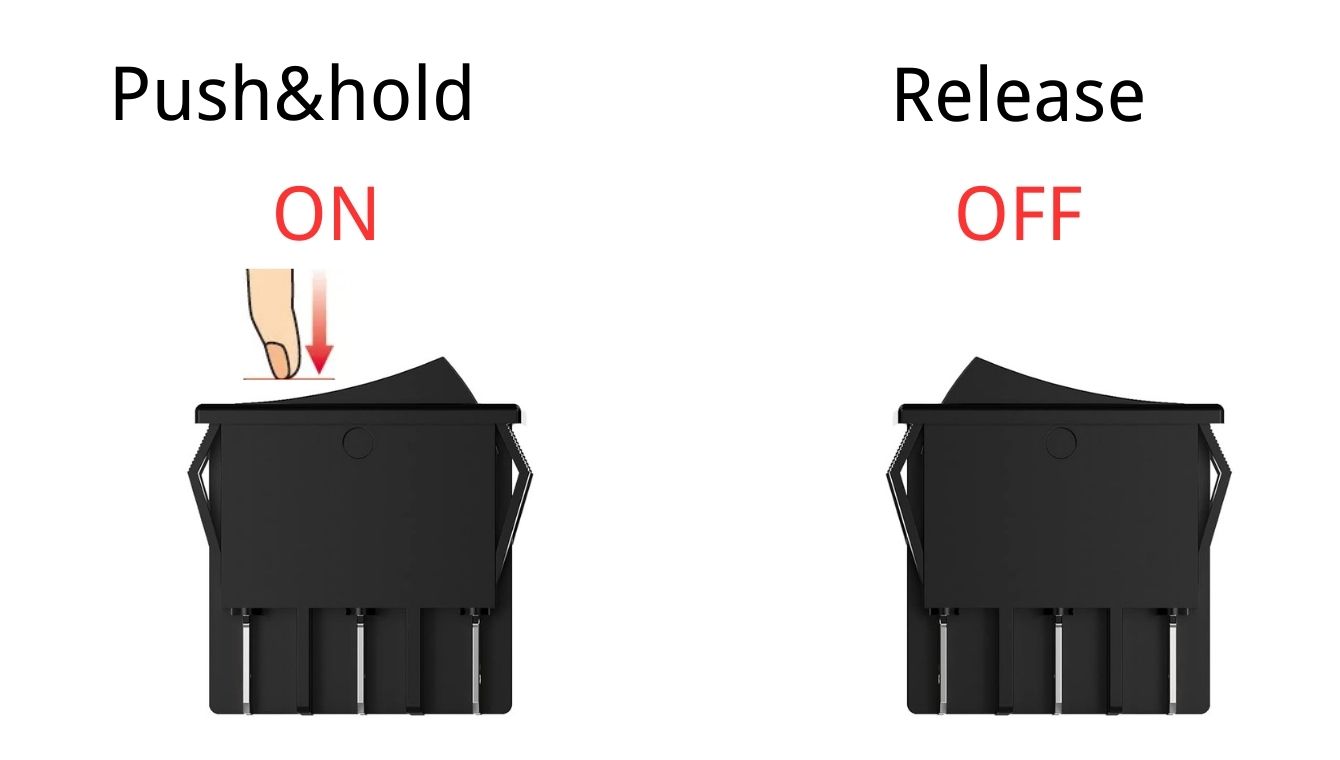
Momentary Rocker Switch vs Maintained Rocker Switch

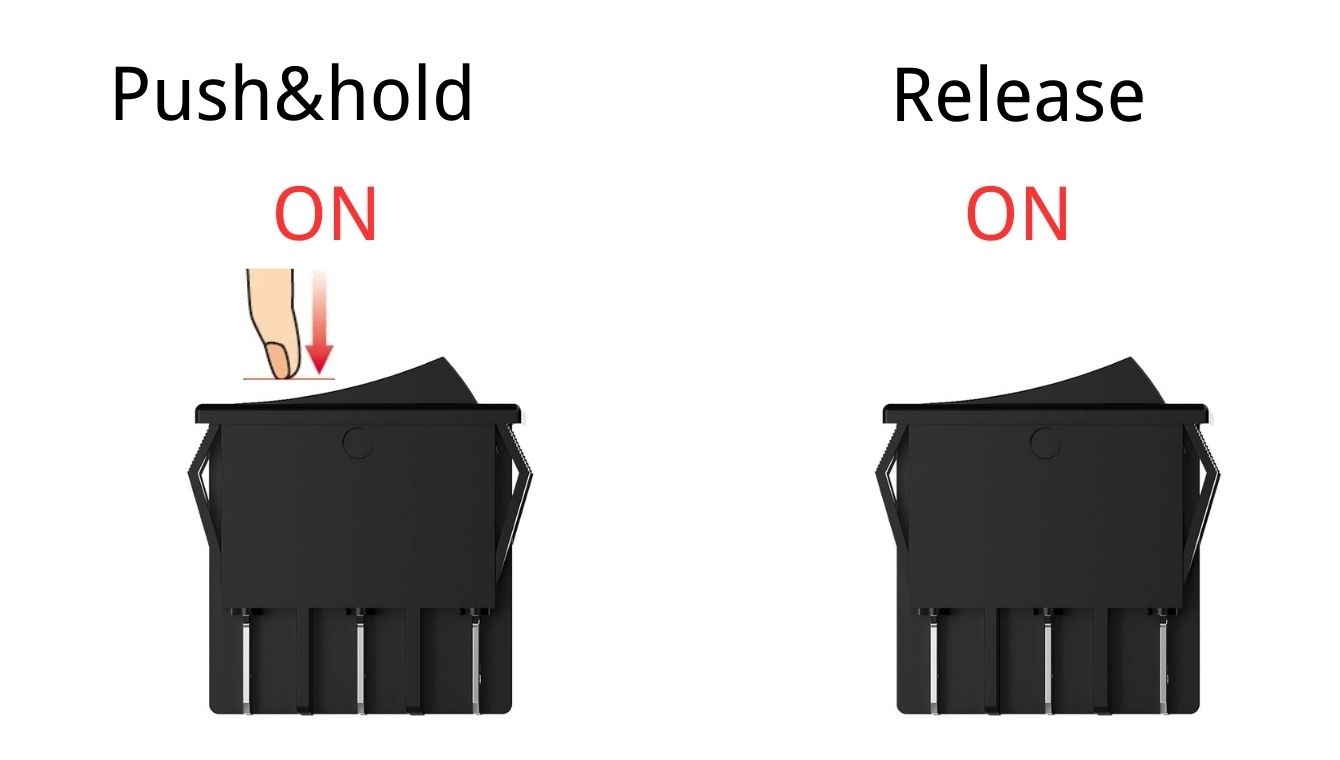
A rocker switch toggles a circuit by rocking a paddle.
– Momentary rocker: Returns to its default position when released. Power flows only while you press it (e.g., doorbells, reset buttons). Often labeled (ON)-OFF or (ON)-ON, where parentheses mean momentary.
– Maintained rocker: Stays in its selected position until you switch it back. Power remains on or off continuously (e.g., lights). Labeled ON-OFF or ON-ON.
Choose momentary for temporary actions; choose maintained for continuous on/off control.
Momentary Switch Product Types
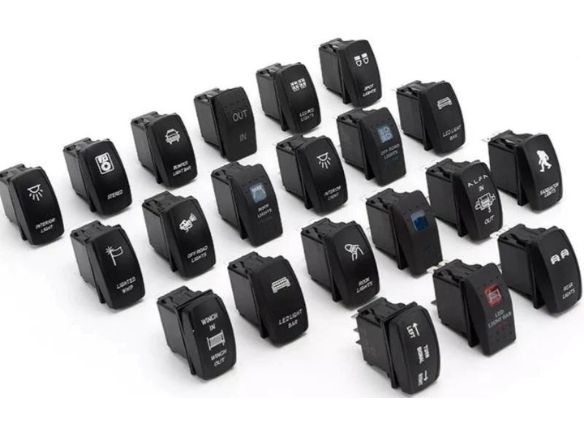
Momentary Marine Rocker Switches are waterproof, durable, and reliable, ideal for boat applications. Made in China with competitive pricing, high quality, and quick delivery. Click to learn more!
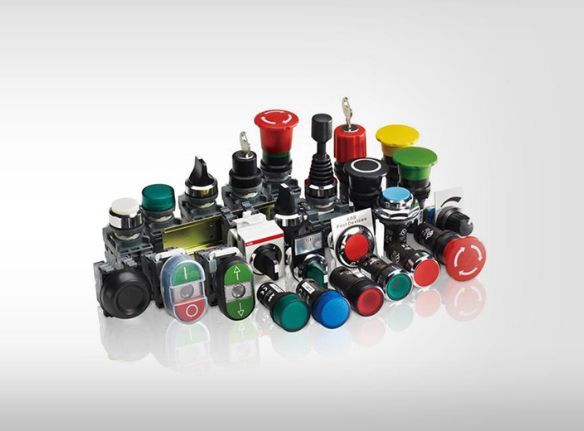
Our high-quality, durable momentary push button switches offer reliable performance and precision. With customizable options and competitive pricing, choose us for your electronic component needs. Click to learn more!
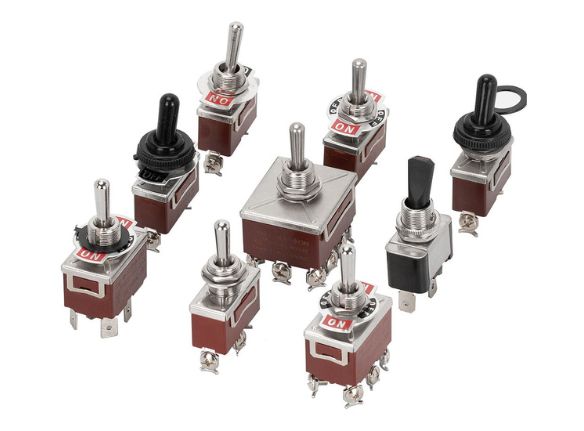
Momentary toggle switches quickly connect/disconnect electric circuits with a spring-loaded mechanism, returning to the default position. Our switches feature high durability, precision, and cost-efficiency.
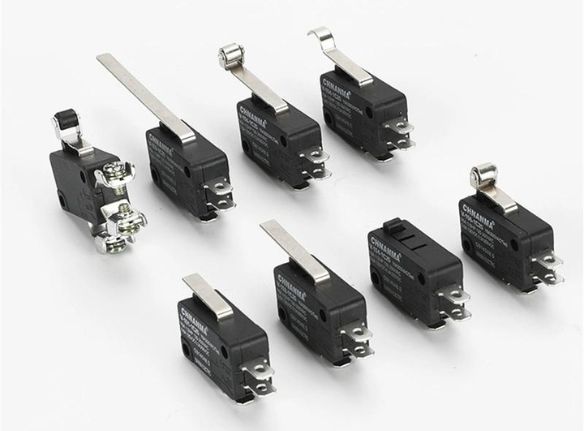
Momentary micro switch: precision, reliability. Our switches offer high durability, quick response, and compact size. Customizable options available. Choose us for superior performance and competitive pricing.
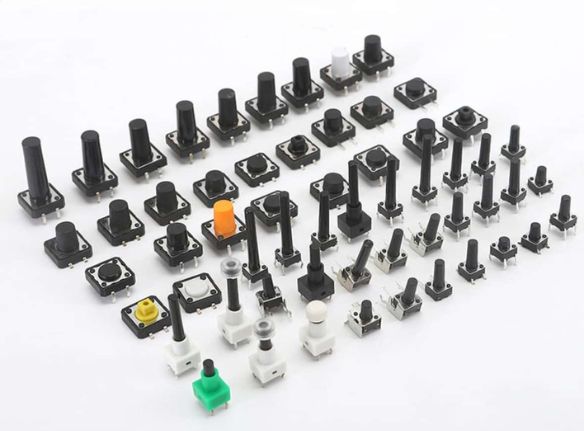
Momentary tactile switches provide precise input with a light touch. Our products offer high durability, reliability, and customizable designs, ensuring top performance for various applications. Click to learn more!
What Our Customers Are Saying
- real people with great projects
Ethan P. (USA)
⭐⭐⭐⭐⭐ Perfect Responsiveness “The momentary rocker switches from Weup are highly responsive and provide the exact control we need for our equipment. Couldn’t be happier!”
Olivia S. (Australia)
⭐⭐⭐⭐⭐ High Quality and Durability “These switches are solid and durable, perfect for our heavy-duty applications. Weup has delivered exactly what we needed.”
Liam R. (UK)
⭐⭐⭐⭐⭐ Easy Installation “Installation was a breeze, and the momentary rocker switches work flawlessly. Weup offers a top-notch product.”
Ava G. (Germany)
⭐⭐⭐⭐⭐ Smooth Operation “The operation of these switches is incredibly smooth. They have a great feel and respond instantly to every press.”
Noah B. (Canada)
⭐⭐⭐⭐⭐ Reliable and Sturdy “We’ve been using Weup’s momentary rocker switches for several months now, and they’ve proven to be reliable and sturdy. Highly recommended!”
Emily H. (France)
⭐⭐⭐⭐⭐ Great for Precision Control “These switches offer precise control, which is exactly what we needed for our application. Weup has done an excellent job with these.”
Jack T. (Netherlands)
⭐⭐⭐⭐⭐ Excellent Value “The value for money with these momentary rocker switches is outstanding. High quality at a reasonable price.”
Sophia M. (Italy)
⭐⭐⭐⭐⭐ Consistent Performance “Weup’s momentary rocker switches have delivered consistent performance across our systems. We’ll definitely be ordering more.”
Lucas W. (Japan)
⭐⭐⭐⭐⭐ Impressive Build Quality “The build quality of these switches is impressive. They feel robust and are built to last, perfect for our needs.”
Isabella K. (Spain)
⭐⭐⭐⭐⭐ Highly Reliable “We’ve had zero issues with these switches. They’re highly reliable and exactly what we were looking for in a momentary rocker switch.”
Related Product
FAQs
Momentary Rocker Switch are commonly used in various applications, and people often have questions about them. Here are five of the most popular FAQs for Momentary Rocker Switch:
A momentary rocker switch is a type of switch that remains in its “on” state only while being pressed. Once the pressure is released, the switch returns to its default “off” position. This switch is ideal for applications where a temporary action is needed, such as in horn buttons, starters, or reset functions.
Momentary rocker switches are commonly used in automotive and marine applications, industrial equipment, and various electronic devices. They are ideal for situations where a function needs to be activated only temporarily, such as in push-to-start buttons or signal lights.
Momentary rocker switches come in various configurations, including SPST (Single Pole Single Throw) and SPDT (Single Pole Double Throw). They can also vary in terms of illumination, water resistance, and the type of actuation (e.g., push-button vs. rocker style).
Wiring a momentary rocker switch involves connecting the switch to the device or circuit you wish to control. For a basic SPST momentary switch, one terminal connects to the power source, and the other connects to the load. It’s important to follow the wiring diagram provided with the switch to ensure correct installation.
Momentary rocker switches are typically made from durable materials such as high-grade plastic or metal for the housing, with internal components made from conductive metals like copper or silver. Some switches are also sealed with rubber or silicone to enhance water resistance, especially for marine applications.
Yes, waterproof momentary rocker switches are available and are specifically designed for use in harsh environments such as marine applications. These switches are sealed to prevent water and moisture from entering the switch, ensuring reliable operation even in wet conditions.
The primary advantage of a momentary rocker switch is its ability to provide temporary control over a circuit, which is ideal for functions that do not require a sustained connection. Additionally, these switches are easy to operate and can be designed with various features, such as illumination and water resistance, to suit different applications.
Yes, many manufacturers offer customization options for momentary rocker switches. Customization can include the switch’s color, illumination, labeling, and even specific actuation forces. This allows you to match the switch to the exact requirements of your application.
Maintenance for a momentary rocker switch generally involves periodic inspection to ensure the switch remains clean and free from debris, especially in outdoor or harsh environments. If the switch is waterproof, it’s also important to check the seals to ensure they remain intact. Regular testing is recommended to ensure proper operation.
High-quality momentary rocker switches can be purchased from specialized electronics suppliers, marine supply stores, and online retailers. It’s important to choose a supplier with a good reputation to ensure you receive a product that meets industry standards and is suitable for your specific application.




